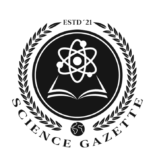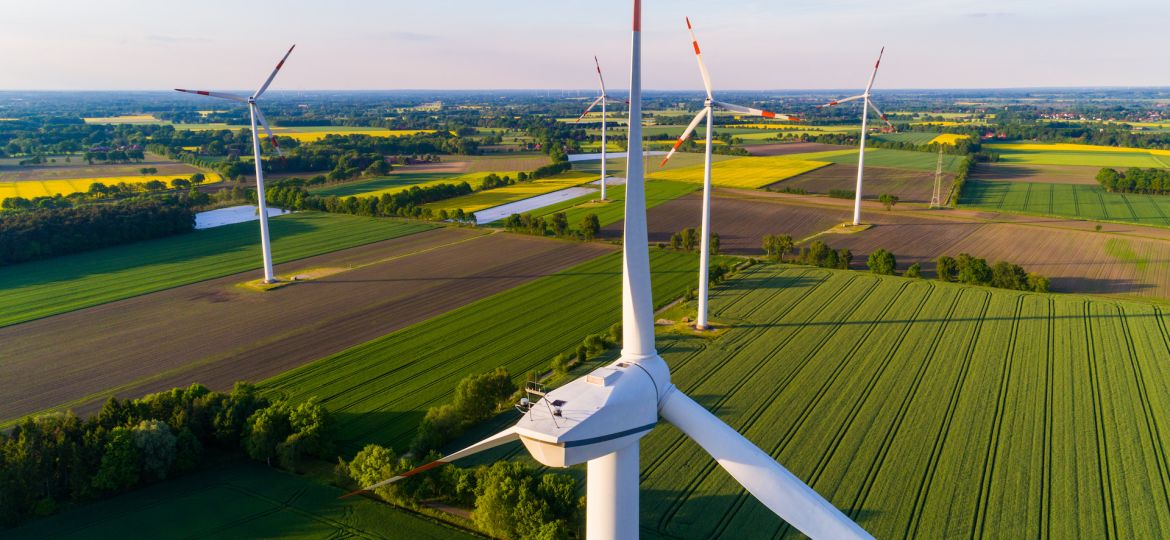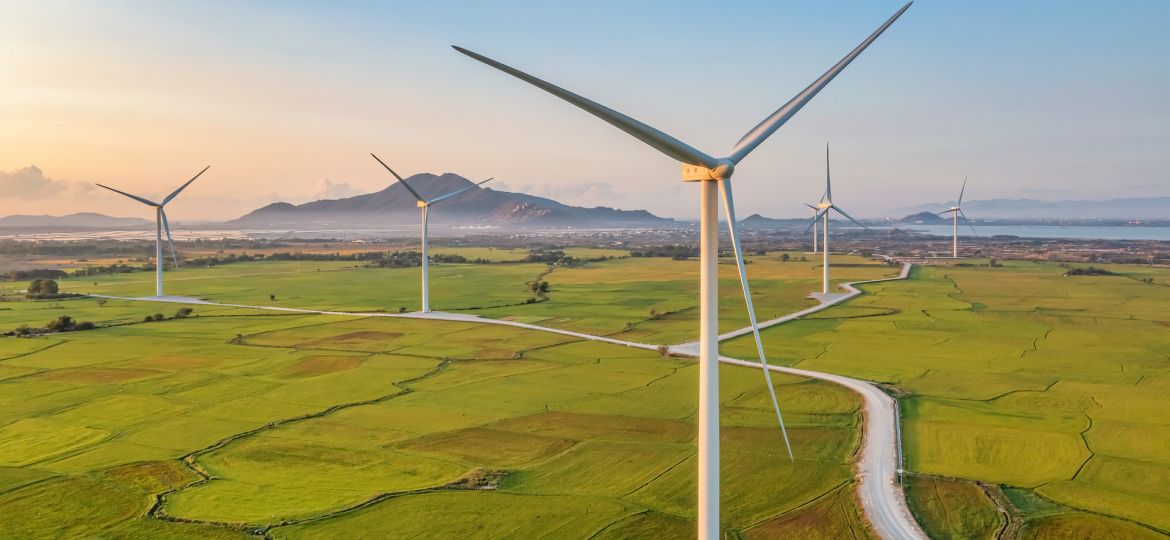Utilizing the IceCube Observatory, ingeniously nestled in the Antarctic ice, astronomers have identified a septet of enigmatic “ghost particle” candidates…
Heinrich Schneider
The march towards renewable energy sources is a foregone conclusion, propelled by the pressing realities of our climate emergency and…
In the vast expanse of modern technological endeavors, where humanity seeks to harmonize its existence with the natural world, a…
In the crucible of modernity, where technology and environmental stewardship are increasingly intertwined, the quest for sustainable energy solutions has…
The year 2023 marked an unprecedented surge in the global pursuit of clean, renewable energy, catalyzed by a collective realization…
During a time when the urgent demand for sustainable energy echoes worldwide, pioneers in scientific innovation and guardians of the…
The pursuit of sustainable energy stands at the forefront of contemporary global challenges. As the world confronts the environmental repercussions…











